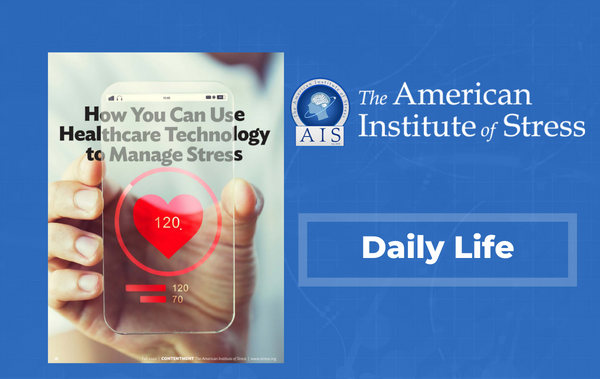
*This is an article from the Fall 2022 issue of Contentment Magazine.
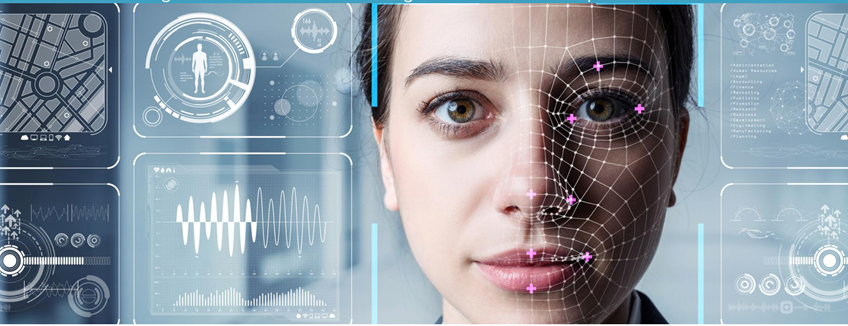
By Charlie Grantham, PhD, MSH, FAIS, APF
Context
This is not a new idea. The polygraph, invented in the 1930s, measured breathing rate, galvanic skin response, blood pressure, and pulse. Its use in criminal and security investigations rests upon the theory that attempts at verbal deception were correlated with physiological responses. Technological advances during the 1980s, including measuring variation in speech patterns, were based on the same assumption. Unfortunately, these approaches have failed to stand up to scientifically reliable validity tests.1
Theory
The basic idea of using contemporary healthcare technology (i.e., biometrics) is that it can create a valid and reliable evidence-based feedback loop. Biometrics can make the typically invisible visible. People can monitor their physiological stress levels and use that information to intervene in the environment/person system.
Put another way, biometric technology enables a systemic connection between a person’s physiological state and their intentional, conscious actions to mitigate the effects of stress.

Figure 1. Exercise reduces Stress and together they synergistically enhance the key aspects of wellbeing.
A simple example of this would be a heart rate monitor indicating a rapid increase in heart rate. This, in turn, alerts the person to take action based on prior knowledge of action/reaction (i.e., the script) to decrease heart rate, such as a brief mediation exercise.
Today’s Measurable Metrics
A whole range of biometrics can be reliably measured with the technology available in a non-clinical setting. I will focus here on standard metrics found in a category of products called ‘wearables.’ Most are marketed as ‘fitness trackers’ and health monitors. They are designed to be physically connected to the user in routine daily activities. The most common form is a watch-like device. I’ll discuss some future possibilities in a later section.
| Factor | Metrics |
| Sleep | l Total time
l Deep sleep time l Disruptions l Sleep rhythm |
| Exercise | l Movement time
l Elevated heart rate time l Calories burned l Stairs climbed |
| Cardiac Function | l Heart rate (resting and active)
l Heart Rate Variability |
Current Technology
There has been an explosion of non-clinical biometric devices in the past three years. With the advent of the smartphone, we have been introduced to ‘face scans’ for user authentication, fingerprint readers instead of typed passwords, and voice recognition for operating Alexa, Siri, and “Hey Google.”
In the interest of brevity, I will focus on just three popular commercial devices. These are merely exemplary, and citation here does not explicitly or implicitly serve as a product review or recommendation. A simple internet search for the curious reader, will yield a host of comparable items. (Descriptions are courtesy of Wikipedia as an agnostic source of product information.)
- I-Watch

Apple Watch is a line of smartwatches produced by Apple Inc. The Apple Watch operates primarily in conjunction with the user’s iPhone for functions such as configuring the watch and syncing data with iPhone apps but can separately connect to a Wi-Fi network for some data-reliant purposes, including essential communications and audio streaming. It incorporates fitness tracking, health-oriented capabilities, and wireless telecommunication and integrates with iOS and other Apple products and services.
- Whoop

WHOOP is an American wearable technology company. Its main product is a fitness tracker that measures strain, recovery, and sleep. The device is best known for its use by athletes. The wearable device collects data on sleep, heart rate variability, resting heart rate, and respiratory rate to create a daily recovery score for users. The recovery score ranges from 0% to 100% to let users know if their body is recovered or if it needs rest.
- Oura Ring

Oura Ring is a smart ring used to track sleep and physical activity and collects health data from the wearer’s finger like a regular activity bracelet or heart rate monitor. The movement, heart rate, body temperature, respiratory rate, and sleep data collected by the ring are transmitted wirelessly via Bluetooth to a smartphone app.
Stress Mitigation Techniques2
As I briefly mentioned above, simply having some data about your body’s functioning state is only the first step in stress mitigation. The magic is having a suite of ‘scripts’ or action plans correlated with any specific indicator.
For full disclosure, I am a practicing energy healer in the Reiki tradition. I have a whole ‘library’ of scripts to be deployed, dependent upon my assessment of the client’s particular energy imbalance. The same method needs to be applied to using biometrics.
Here are four modalities of intentional action with which I am familiar. There are certainly others that you can explore with many certified healing practitioners.
- Meditation
Meditation is a practice in which an individual uses a technique – such as mindfulness, or focusing the mind on a particular object, thought, or activity – to train attention and awareness and achieve a mentally clear, emotionally calm, and stable state. Meditation may significantly reduce stress, anxiety, depression, pain and enhance peace, perception, self-concept, and wellbeing.
- Mindfulness Training
Mindfulness-based stress reduction (MBSR) is an eight-week evidence-based program that offers secular, intensive mindfulness training to assist people with stress, anxiety, depression, and pain.3 MBSR combines mindfulness meditation, body awareness, yoga, and exploring behavior patterns, thinking, feeling, and action. Mindfulness can be understood as the non-judgmental acceptance and investigation of present experience, including body sensations and internal mental states.
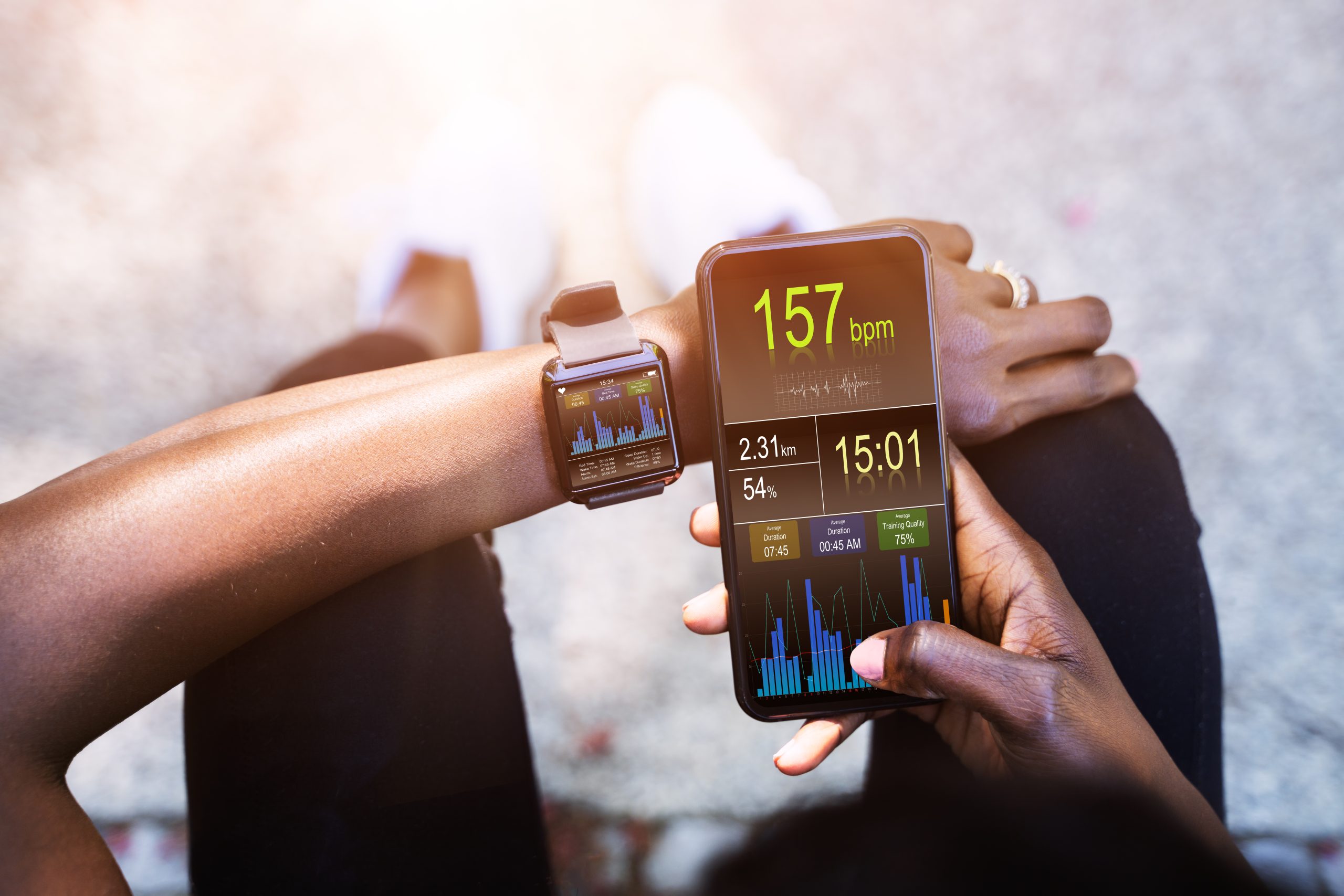
- Energy Healing (e.g., yoga, acupuncture, Reiki)
Energy medicine is a branch of holistic medicine based on a principle that healers can channel ‘healing energy’ into a patient and effect positive results. Practitioners use many names, including various synonyms for medicine (e.g., energy healing), and sometimes use the word vibrational instead of or in concert with subtle energy.
Touch Therapy (Apollo Wearable)
Therapeutic touch, known by some as ‘non-contact therapeutic touch’ (NCTT) is another holistic therapy that promotes healing and reduces pain and anxiety. Practitioners of therapeutic touch hold that by placing their hands on, or near, a patient, they can detect and manipulate what they say is the patient’s energy field. The Apollo device does this with vibrational pads.
Future Technologies
This is where things get exciting. Available products are increasing at an exponential rate. I constantly scan technology developments, and when I was asked to write this article, I asked myself, “Are people ready for this?” I am presenting what is (in my estimation) commercially feasible within three years. These are technologies ready to exit the laboratory – or garage workshops in some cases.

Next-generation biometrics will include non-invasive blood glucose levels, ECG patterns, and blood pressure measurements. Blood glucose can be measured with a bio-sensor attached to your arm. Apple iWatch’s plus a new software application uses a single lead electrocardiogram sensor built into the watch skin contact. One of the most exciting nano-technologies technologies we discovered is a temporary, removable skin tattoo that gives a continuous blood pressure data stream.
Artificial Intelligence and Deep Learning
But perhaps the most impactful are just coming into the public eye. Here’s a quote from a noted authority on public health, Dr. Deepak Chopra.4
“Yet the psychological side of AI holds unexpected promise. One can imagine a wearable that can warn you in advance that you are about to lose your temper (the physical signs aren’t difficult to measure). In our emotional life, emotions come to the surface after brimming beneath the surface. An AI device that could step in early enough could perform wonders because there is a subtle tipping point before you consciously register that you are angry, anxious, depressed, and so on. Catch the biological, pre-conscious indicators early enough, and you can consciously stop yourself from going over the edge.”
This is not science fiction. Wearable sensors, a historical database, and bespoke fine-tuned algorithms are all required. This all results in awareness – the first step to the conscious choice of behaviors.
Cognitive Automation
In the late 1960s, Joseph Weizenbaum created a natural language program named ELIZA.5 The program simulated a Rogerian psychotherapist interaction with a human. The program didn’t fall into everyday use because of pushback from the health care industry’s distrust of new, unproven technologies.
Fast forward 50 years—cognitive automation is a technology in which RPA (Robotic Process Automation) together with cognitive technologies, such as speech recognition and natural language processing, automate perceptual and judgment-based tasks once reserved for humans. Today these programs are commonly referred to as ‘chatbots.’ You’ve probably interacted with one on a customer service line as a screening program before you get to a ‘real’ human. This niche market is estimated to reach $10.5B by 2026.6
For example, let’s peer into the future with the current state of the art. Woebot, developed at Stanford University, is “… is an automated conversational agent (chatbot) who helps you monitor mood and learn about yourself. Automated Cognitive Based Therapy at your fingertips. Drawing from a therapeutic framework known as Cognitive Behavior Therapy. CBT is the most evidence-based and widely used therapeutic approach today.”7
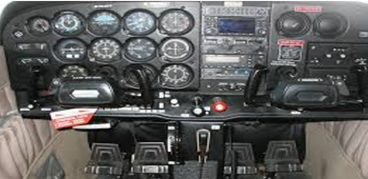
Now, combine this with some of the weak biometric signals we’ve discussed. It is easy to see a future where wearables are the physiological inputs, artificial intelligence, and deep learning are the mindfulness scripts. Cognitive automation is the real-time cue to conscious, intentional acts designed to mitigate stress without person-to-person therapeutic intervention.
Conclusion
Would you fly in an airplane without a complete set of instruments? Then why live your life without a complete set of “wellness” instruments. Do you know how sustainable your life is currently operating?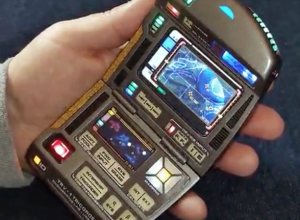
I believe biometrics are the next level of active stress management, or a guided pathway to contentment. Admittedly these advances are not without peril. There are many unanswered questions about privacy and ownership of personal data. Those policy and legal issues are beyond the scope of this article. But you should ask who owns the data about your physiological state. What are the limits to privacy? Watch this space; I’m sure these questions will be coming to judicial courts near you shortly.
So, how far are we away from the mythical “Tricorder” of Star Trek fame? Not far, not far at all…
References
- “The Psychological Stress Evaluator as a Clinical Assessment Instrument: Evaluation and Implications,” in Journal of Nervous and Mental Diseases, Grantham, et.al. 1982, Vol. 189(5), p.283-288
- https://www.researchgate.net/publication/338254036_Effect_of_Person-Specific_Biometrics_in_Improving_Generic_Stress_Predictive_Models
- Retrieved from https://www.en.wikipedia.org/wiki/Mindfulness
- Retrieved from https://www.sfgate.com/news/article/Can-Artificial-Intelligence-Make-Us-More-Human-17017211.php
- Retrieved from https://www. en.wikipedia.org/wiki/ELIZA
ABOUT THE AUTHOR

Dr. Charlie Grantham is the Founder of Awakeningtowholeness.net, where he pursues his priorities of teaching, writing, speaking, and mentoring — focused now on wellness, wellbeing, and wholeness. He received his PhD in Sociology from the University of Maryland in 1980. He has published eleven books and several dozen technical papers. He is a “go-to” resource for the media on a wide range of workplace issues — ranging from psychology to public policy.
He also is a certified Master of Healing Arts is a credentialed Reiki Master/Teacher. He is a Vietnam combat Veteran, having served eight years in the US Army as a Chief Warrant Officer in the Intelligence Corps. Careers followed that time in academia as a professor and in multi-national technology companies as an Executive Director of Research and Development.
Dr. Grantham offers a comprehensive curated resource for those experiencing severe stress, “Self-Care First Aid Kit.” Contact him at [email protected] for your free copy.
Contentment Magazine
The dictionary defines “content” as being in a state of peaceful happiness. The AIS magazine is called Contentment because we want all of our guests and members to find contentment in their lives by learning about stress management and finding what works best for each them. Stress is unavoidable, and comes in many shapes and sizes that makes being in a state of peaceful happiness seem like a very lofty goal. But happiness is easy to find once you are able to find ways to manage your stress and keep a healthy perspective when going though difficult times in life. You will always have stress, but stress does not always have you!
